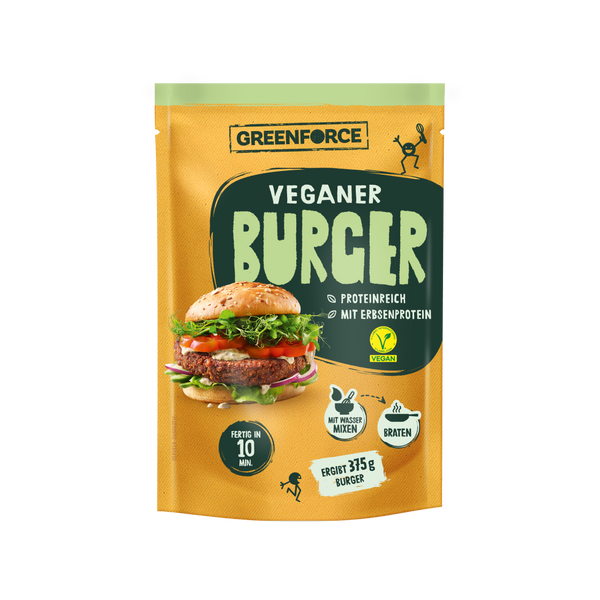As part of this three-stage diet change, you always go through three phases. The treatment is fundamentally based on an individually (personally) tailored, symptom-oriented nutritional therapy.
This is intended to save those affected from a purely exhausting diet. The procedure varies, but the following three-stage diet change has now become firmly established :
1st phase: targeted restriction of histamine intake:
First, reduce your intake of biogenic amines (preferably histamine, of course) by eating a mixed diet that emphasizes vegetables. At the same time, this change in the composition of your meals should improve the supply of nutrients (protein, carbohydrates, fat and micronutrients) and optimize digestion.
The aim of this first phase is to reduce your symptoms as a result of your histamine intolerance as best as possible . Doctors recommend a time window of around ten to 14 days for this first phase.
2nd phase: targeted identification of trigger foods :
As part of this phase of changing your diet, you will then gradually supplement your meals with potentially triggering (suspicious) foods. In this way, you can determine which of the suspicious food products actually trigger relevant symptoms in you.
In this way, the treating doctors can also determine the amount of histamine that the person concerned can tolerate. Reliable treatment concepts also take individual influencing factors into account, such as your personal stress status, the use of medication or menstrual problems.
This test phase aims to expand the choice of food as much as possible. In most cases, a maximum period of six weeks is estimated for this test phase.
3rd phase: targeted adjustment of your everyday diet:
The focus here is on incorporating a diet that is based on the findings from the first and second phases. This means : Your diet is specifically tailored to your personal histamine tolerance and a nutrient intake that meets your needs, taking external influencing factors (stress level, medication intake) into account.
The goal here is clearly formulated : to integrate as many foods as possible into the diet and to keep the list of forbidden treats as short as possible.
 Germany
Germany
 Austria
Austria
 Switzerland
Switzerland
 Netherlands
Netherlands
 Belgium
Belgium
 Luxemborg
Luxemborg











































